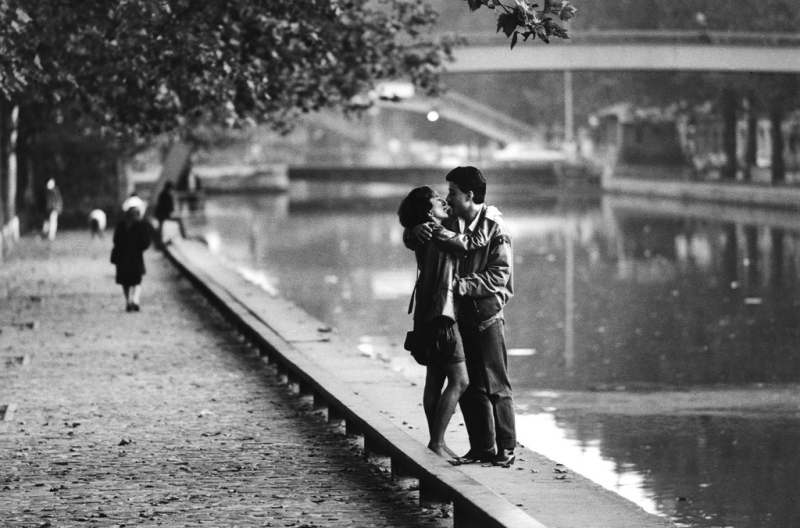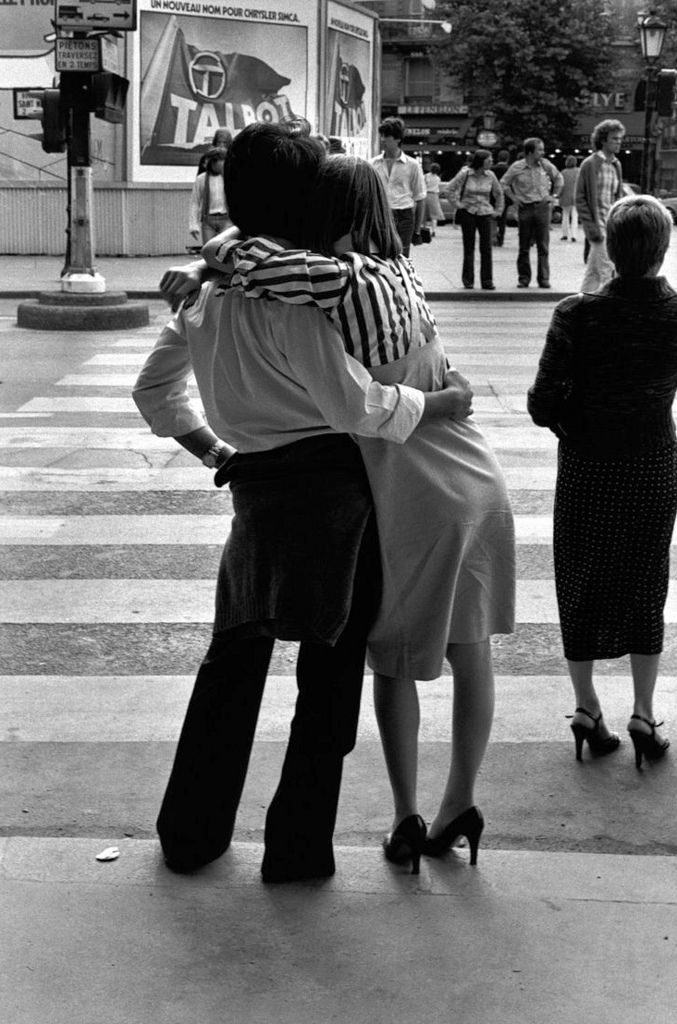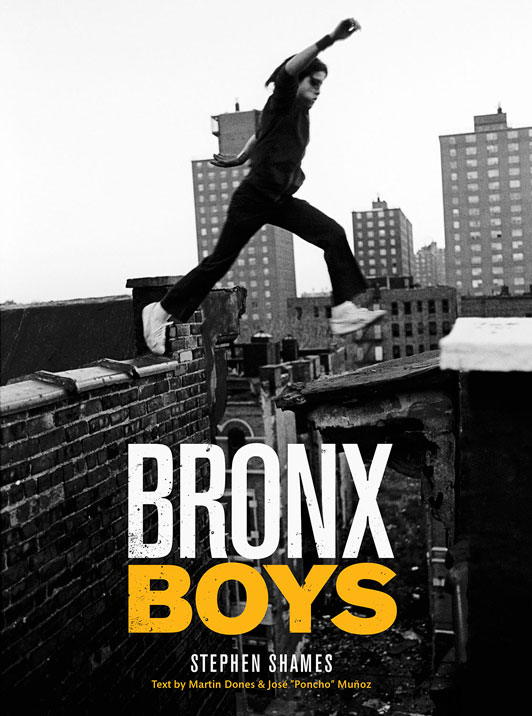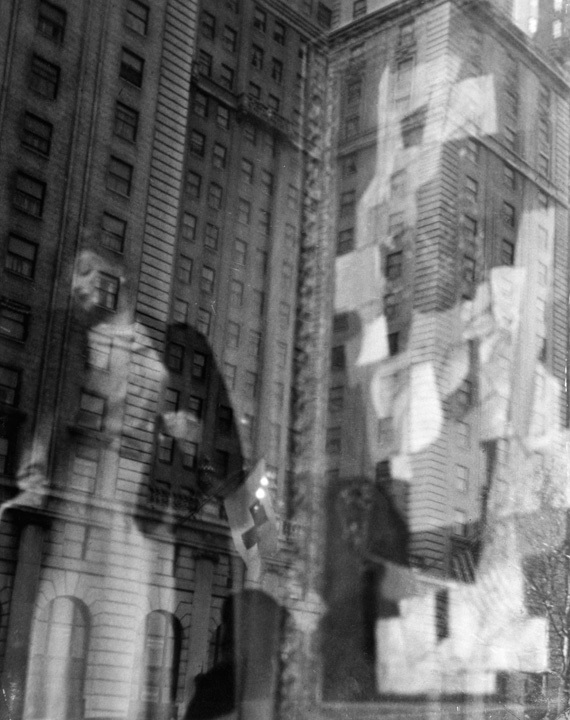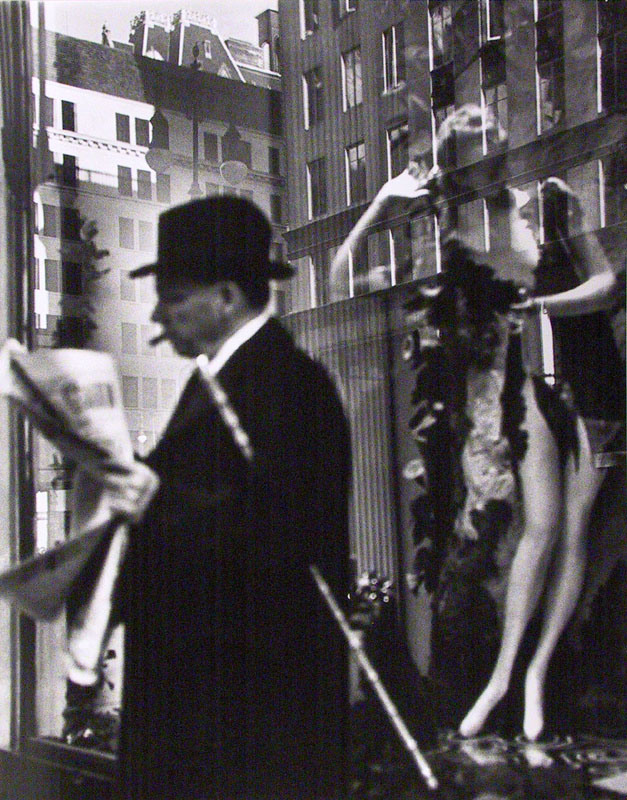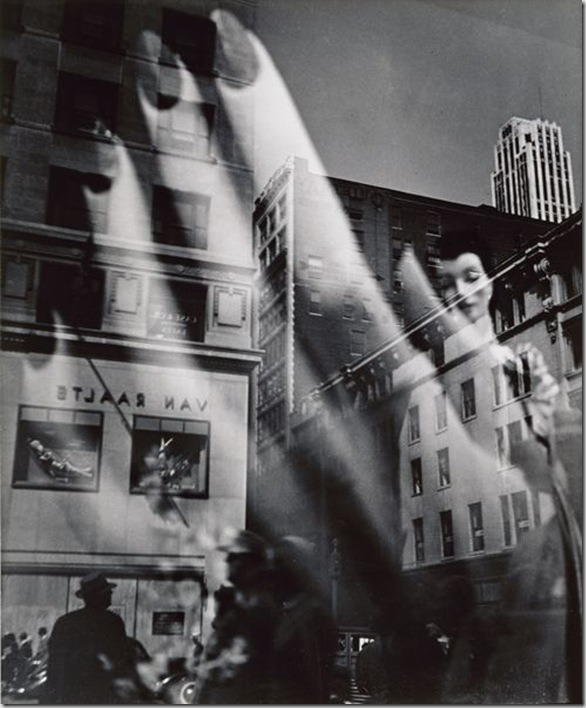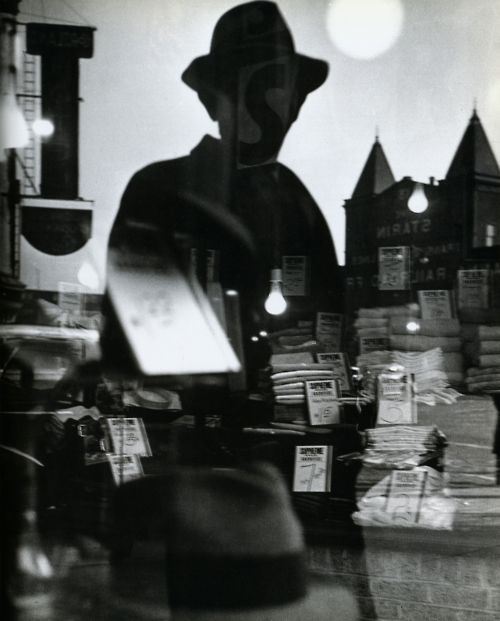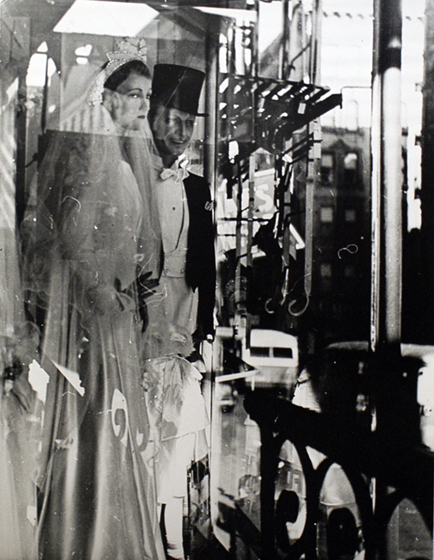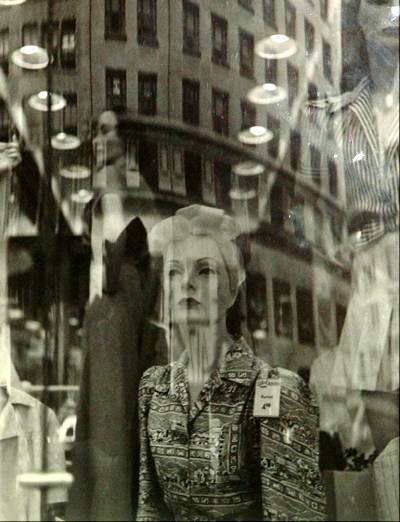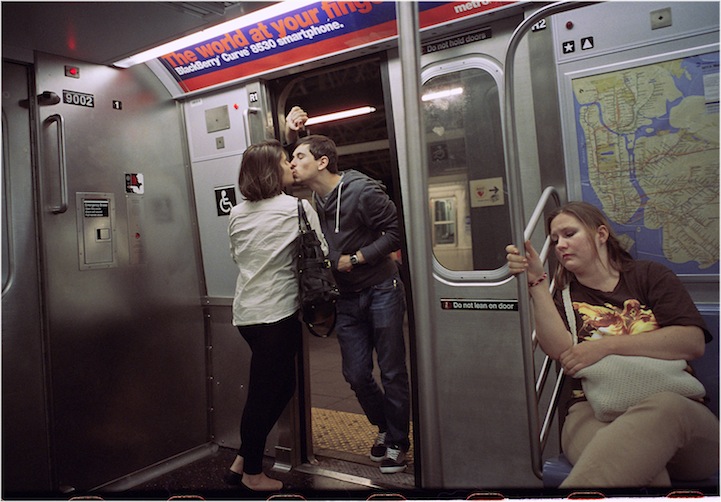
“Me encanta la gente que fotografío. Quiero decir, ellos son mis amigos. Nunca he conocido a la mayoría de ellos o no los conozco a todos, sin embargo, a través de mis imágenes vivo con ellos. Al mismo tiempo, son símbolos. La gente en mis fotos no son el Sr. Jones o el Sr. Smith o lo que sea; son alguien que se cruzó en mi camino o me he cruzado en su camino, y a través del medio de la fotografía he sido capaz de hacer una buena foto de ese encuentro. Tienen una vida propia, pero son también símbolos. Diría que respeto al espectador, pero yo no quiero contarle todo. Con suerte, hay involucrado un elemento de misterio. Me gustaría que viera una imagen y dijera “Bueno, eso me recuerda a alguien,” y forme una pequeña historia en su cabeza, le haga sonreír, alegre su día. Creo que esto es lo que estoy tratando de lograr con mis fotografías.” – Bruce Gilden
//
“I love the people I photograph. I mean, they’re my friends. I’ve never met most of them or I don’t know them at all, yet through my images I live with them. At the same time, they are symbols. The people in my pictures aren’t Mr. Jones or Mr. Smith or whatever; they’re someone that crossed my path or I’ve crossed their path, and through the medium of photography I’ve been able to make a good picture of that encounter. They have a life of their own, but they are also symbols. I would say that I respect the viewer, but I don’t want to tell him everything. Hopefully, there’s an element of mystery involved. I like him to look at a picture and say “Well, that that reminds me of someone,” and make up a little story in his head, make him smile, brighten up his day. I think this is what I’m trying to achieve with my photographs.” – Bruce Gilden
